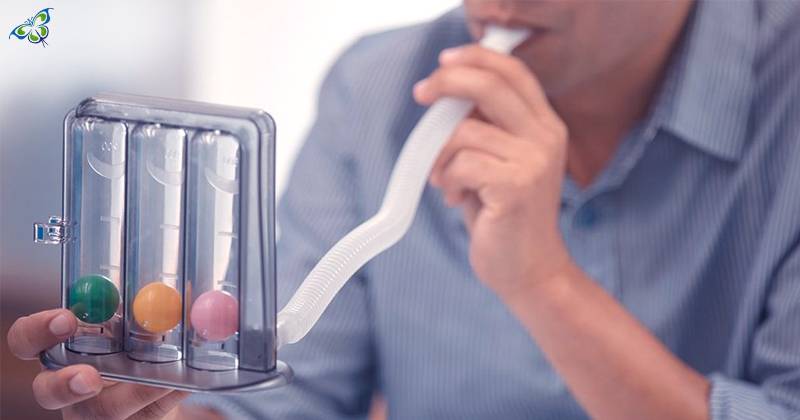
Hello
Select Address

A breathing exerciser or spirometer finds application in clinics as well as households. Whereas the former uses it to test certain physical conditions, the latter utilizes it as a breathing exerciser! The home use of a spirometer is usually done with the aid of an incentive spirometer. This article delves into the various uses of a spirometer (broadly classified under two – at home and clinical use).
Clinical use
In the medical world, a spirometer finds more uses than one. All of them are focused to decipher different lung conditions like – asthma, COPD, pulmonary fibrosis, and chronic bronchitis. Depending upon the symptoms as well as the patient’s performance on a spirometer, the physician diagnoses the level of their prevailing lung condition.
Secondly, while an individual has already been diagnosed with a chronic lung disorder like asthma, the same device can be used to keep a check on their progress. This also hints at whether asthma medications are effective.
Third, and perhaps the most important one – a spirometer is used before a planned surgery to assess the lung condition and its functioning. This is vital for a patient such that he/she can absorb the rigors of an operation!
The ‘At-Home’ Experience
Back home, if you intend to give your lungs some healthy exercise, prepare yourself for using an incentive spirometer’. Let us get into the details of the use and benefits of an incentive spirometer.
Breathing exercises with an incentive spirometer help keep your lungs healthy and also aids in a fast recovery post-surgery. While using one, it is important to ensure that the candidate breathes through the mouth. Breathing through nostrils does not tend to yield the desired results. Hence, holding the nostrils tightly might be required!

A step-by-step guide to using the spirometer at home
• Sit straight and hold the device at eye level.
• Hold the mouthpiece with your lips tightly such that no air gap is left open.
• Exhale completely and start inhaling slowly. While you inhale, the piston rises slowly. The levels are marked in the device.
• The piston should be pulled as high as possible with your inhalation. This reveals the intake capacity of your lungs.
• Hold the breath for 10 seconds or as long as you can and slowly exhale. While doing so, you'll notice the piston falls gradually.
• This needs to be repeated several times (at least 10 or as advised by your medical expert). Each time the piston should go up to the same level!
Things to Remember
During the use of a spirometer, certain things need to be kept in mind.
Since the mouthpiece is the most crucial part, while not in use, it should be covered and kept carefully. Preferably disinfect it before each use.
Avoid large meals before using the device – it intervenes in your capacity to breathe.
Last and most important – avoid tight clothing; loosen them – there should be no level of discomfort in your body. Your feet should be on the floor and both your mind and body in a complete state of relaxation.
Physical parameters like blood pressure, lung capacity, breathing, and heart rate depend upon the relaxed state of your body and mind get. Therefore staying calm is crucial before you start using the device. It is also advised to use a blood pressure monitor to ensure your body is in a relaxed condition.
When you are done, you might feel a little dizzy or short of breath which fades away with time and a short duration of rest. Since breathing exercise or spirometry involves a certain extent of exertion, patients with ailing heart conditions should not use a spirometer. Apart from that, it's a rather safe thing to do!